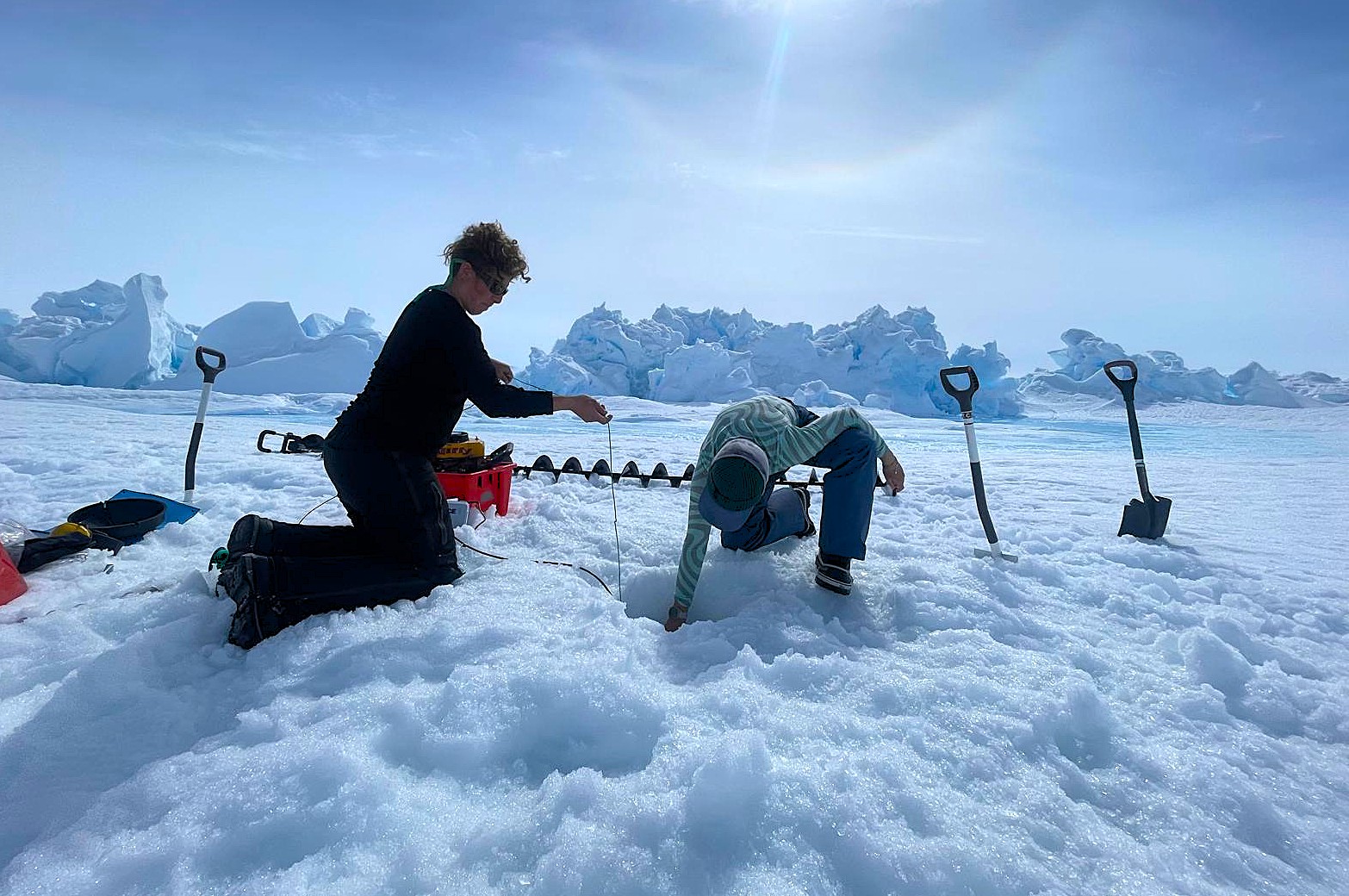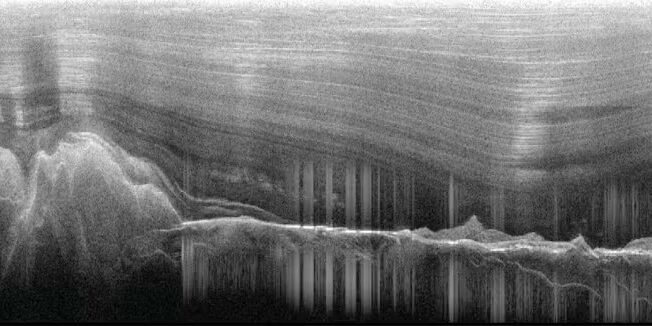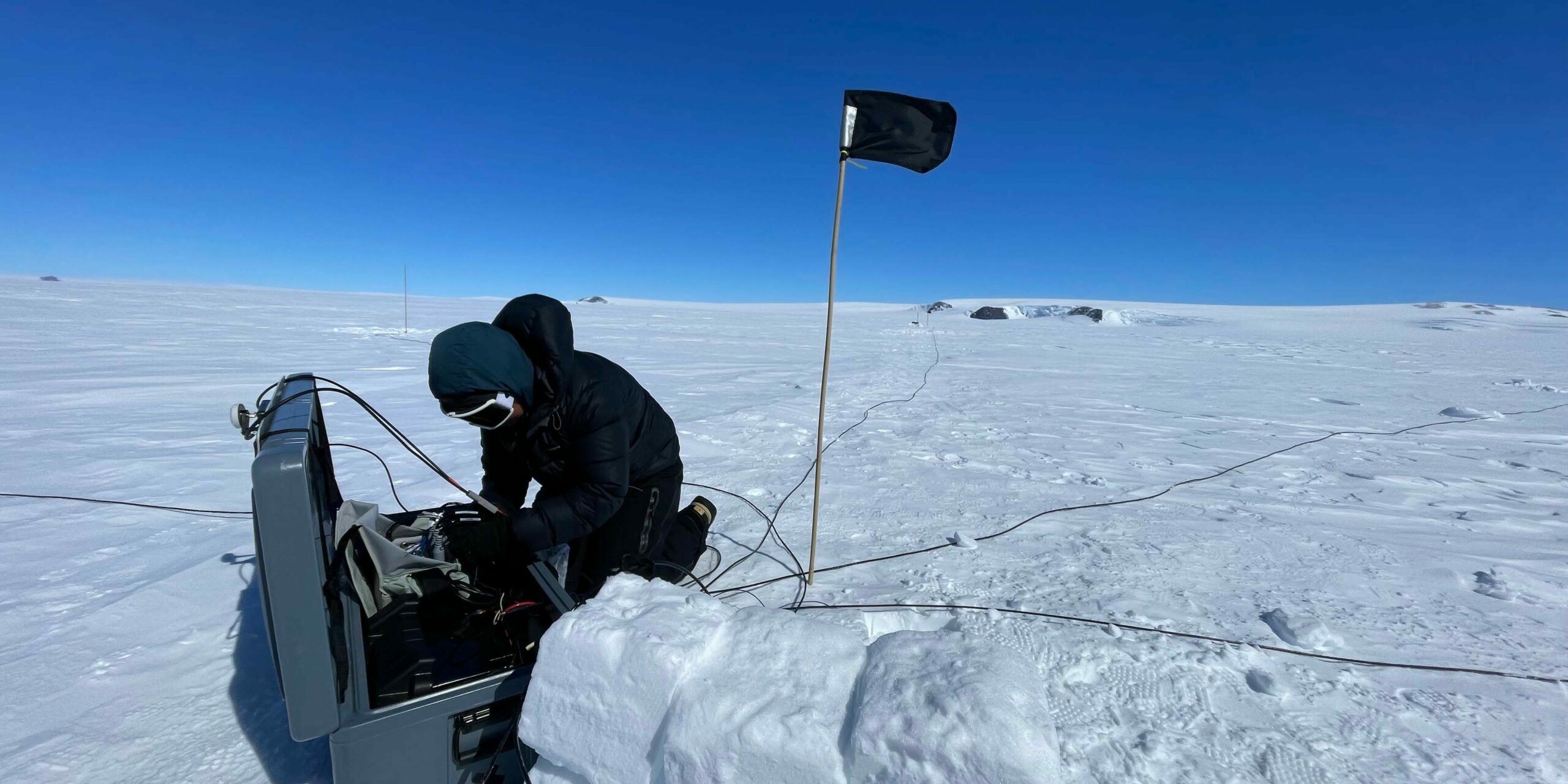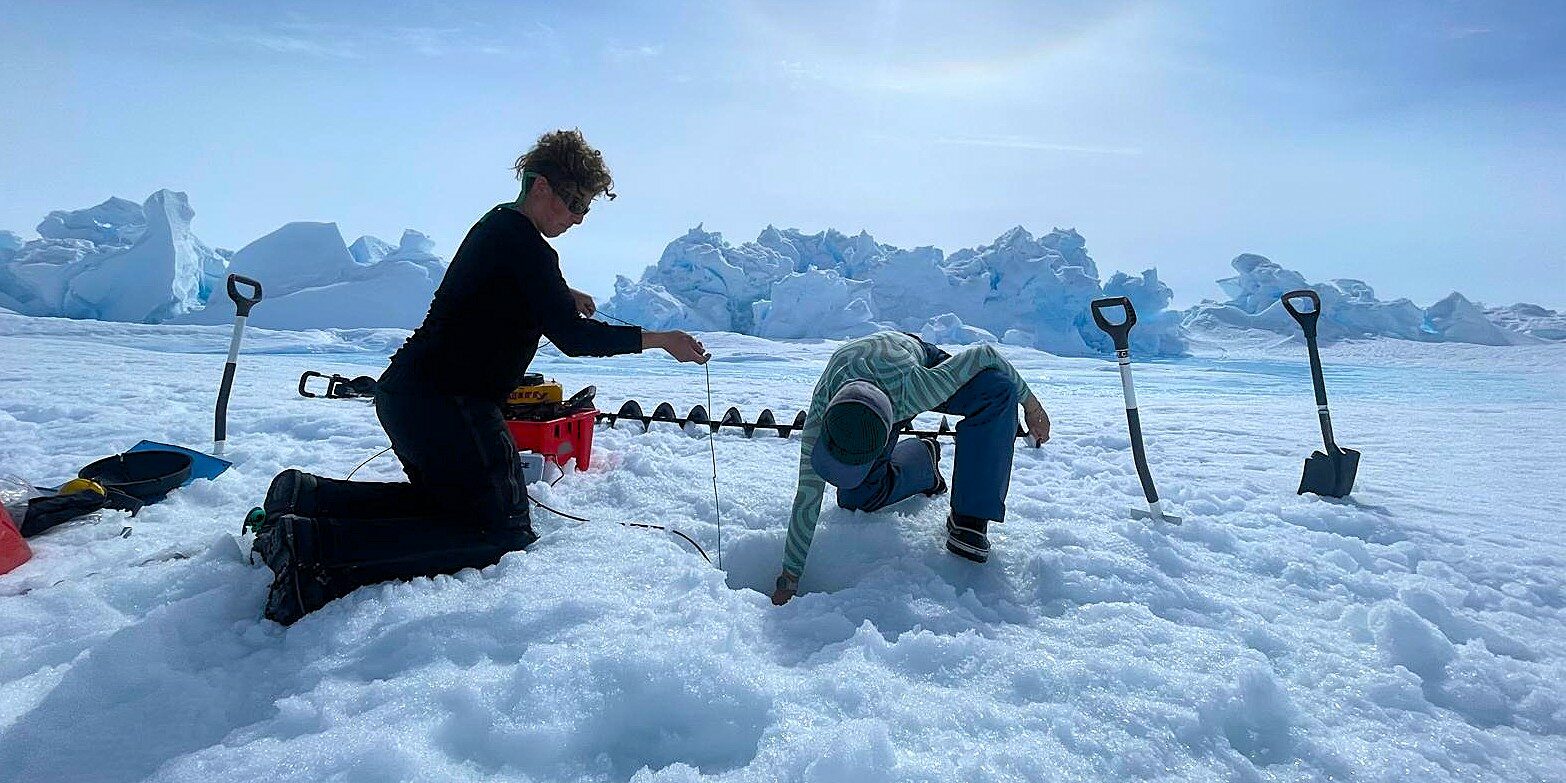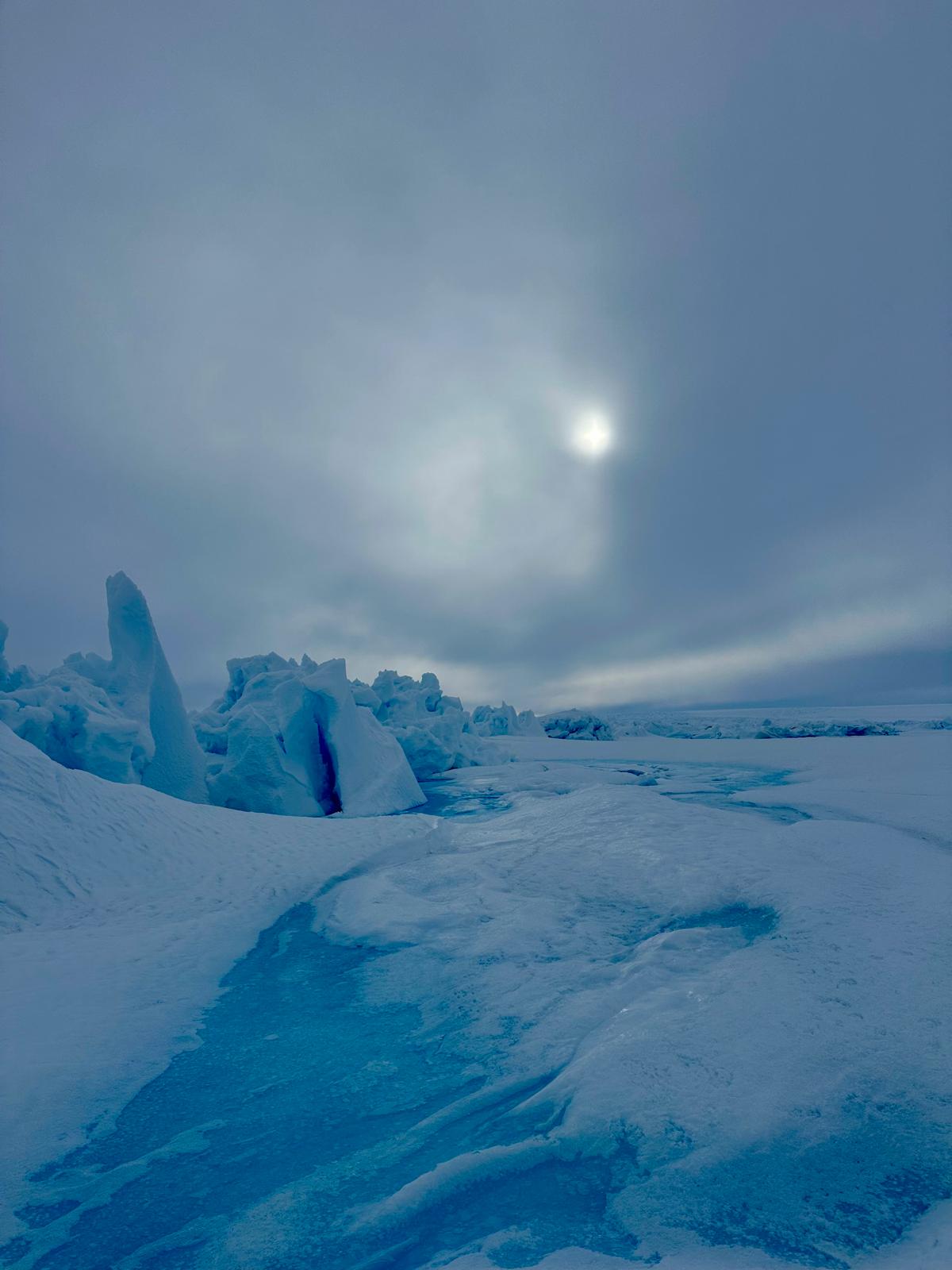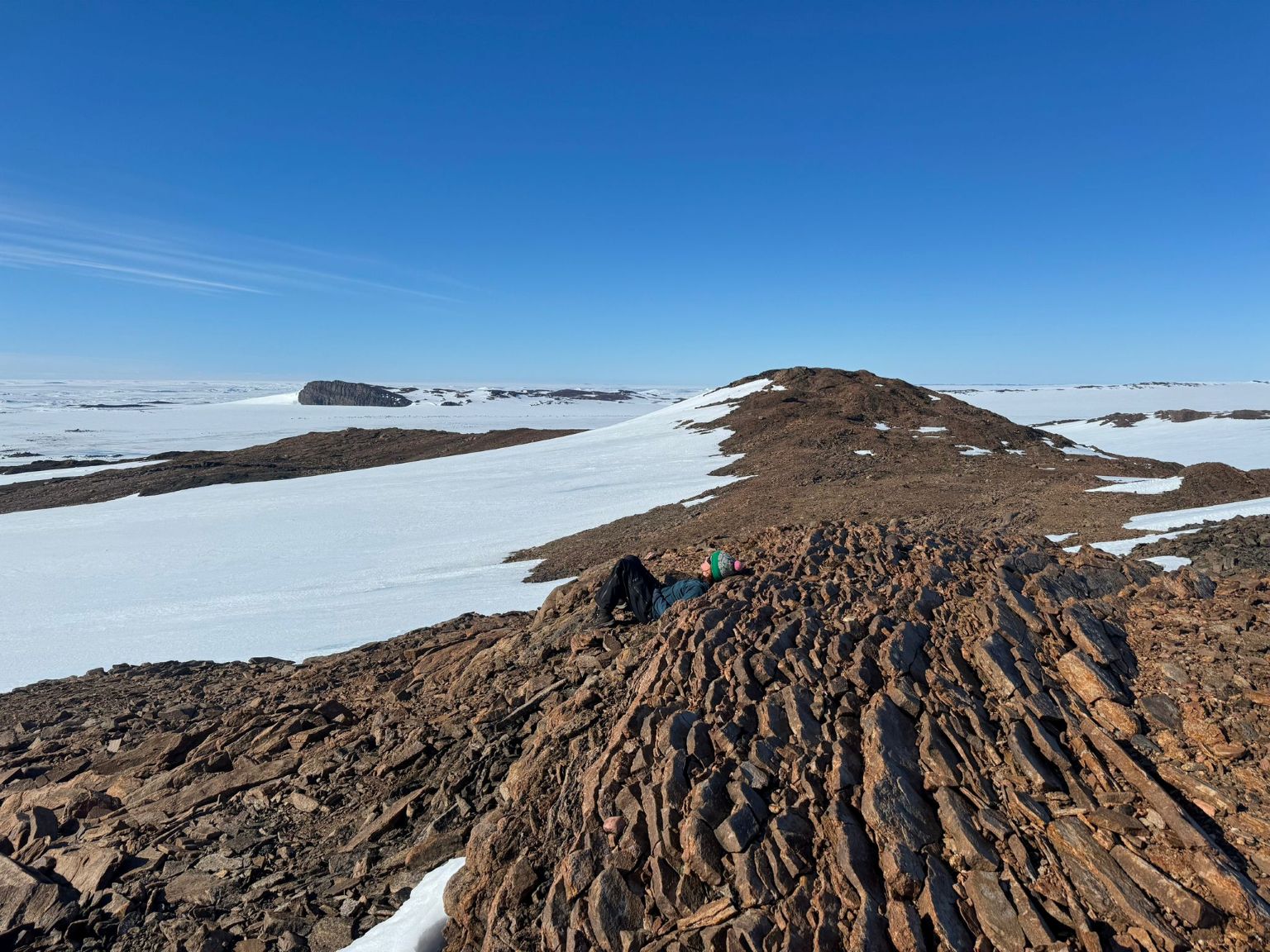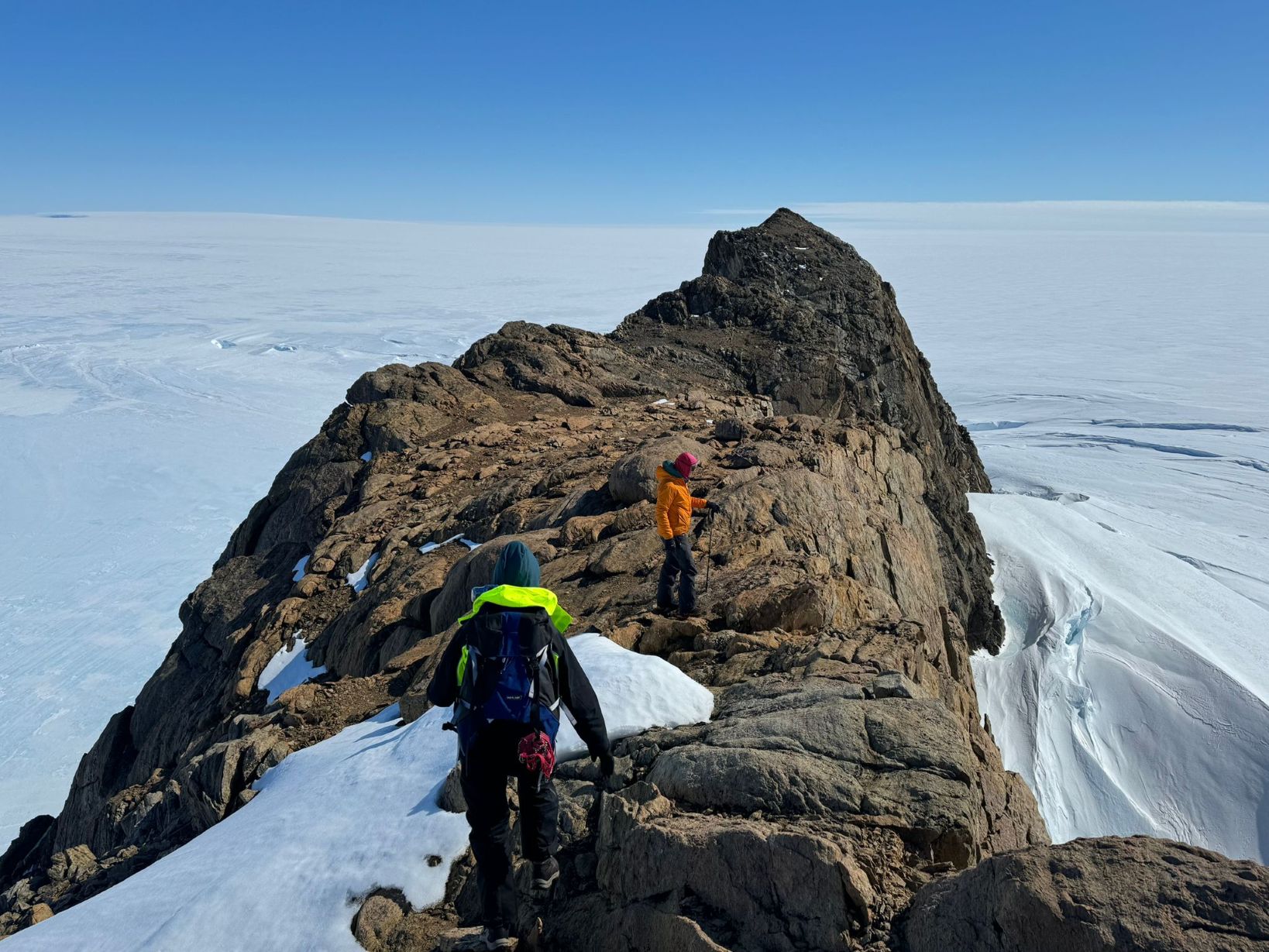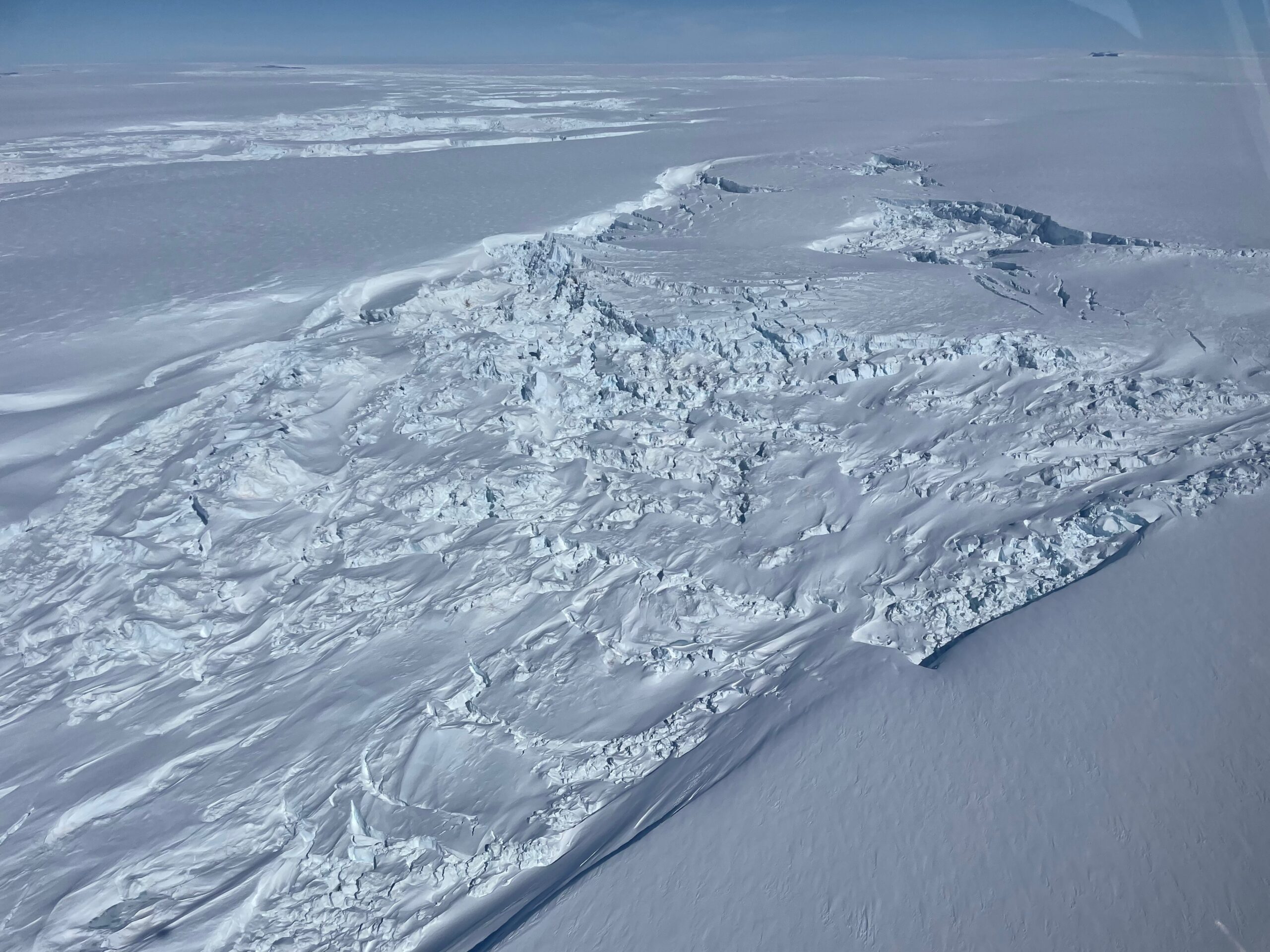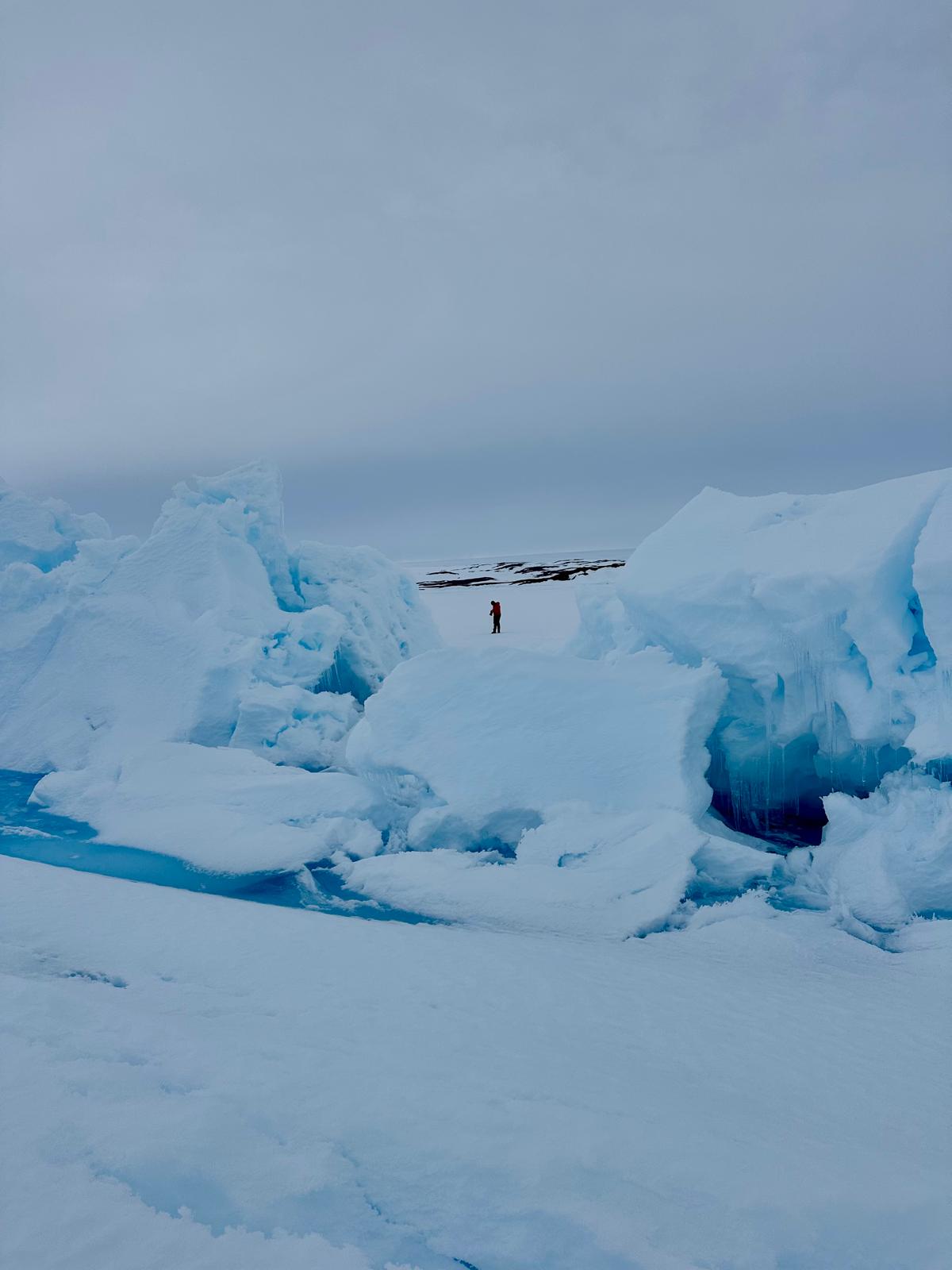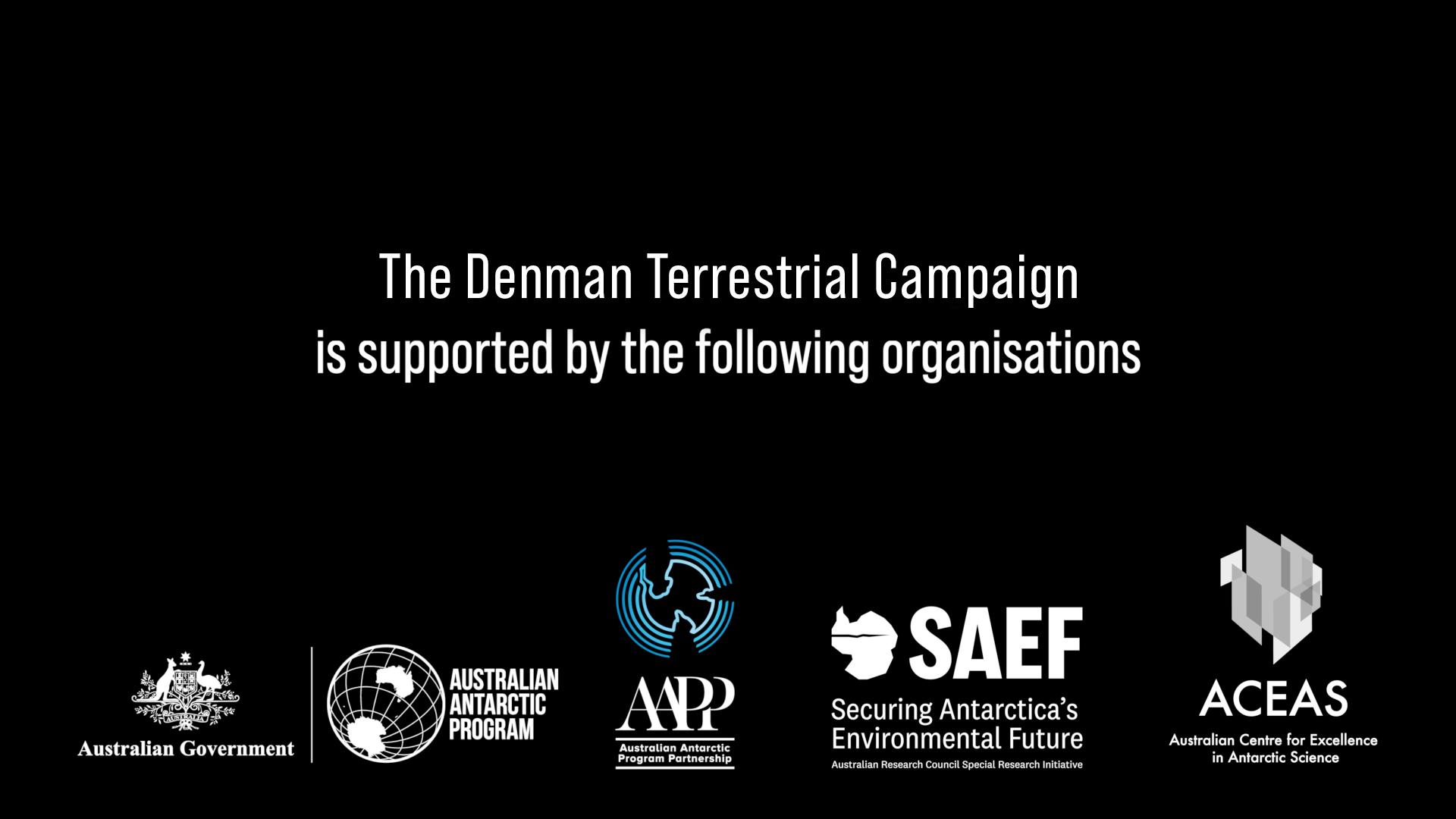The Denman Terrestrial Campaign (DTC) on Australian territory in East Antarctica represents one of the major bodies of fieldwork for ACEAS.
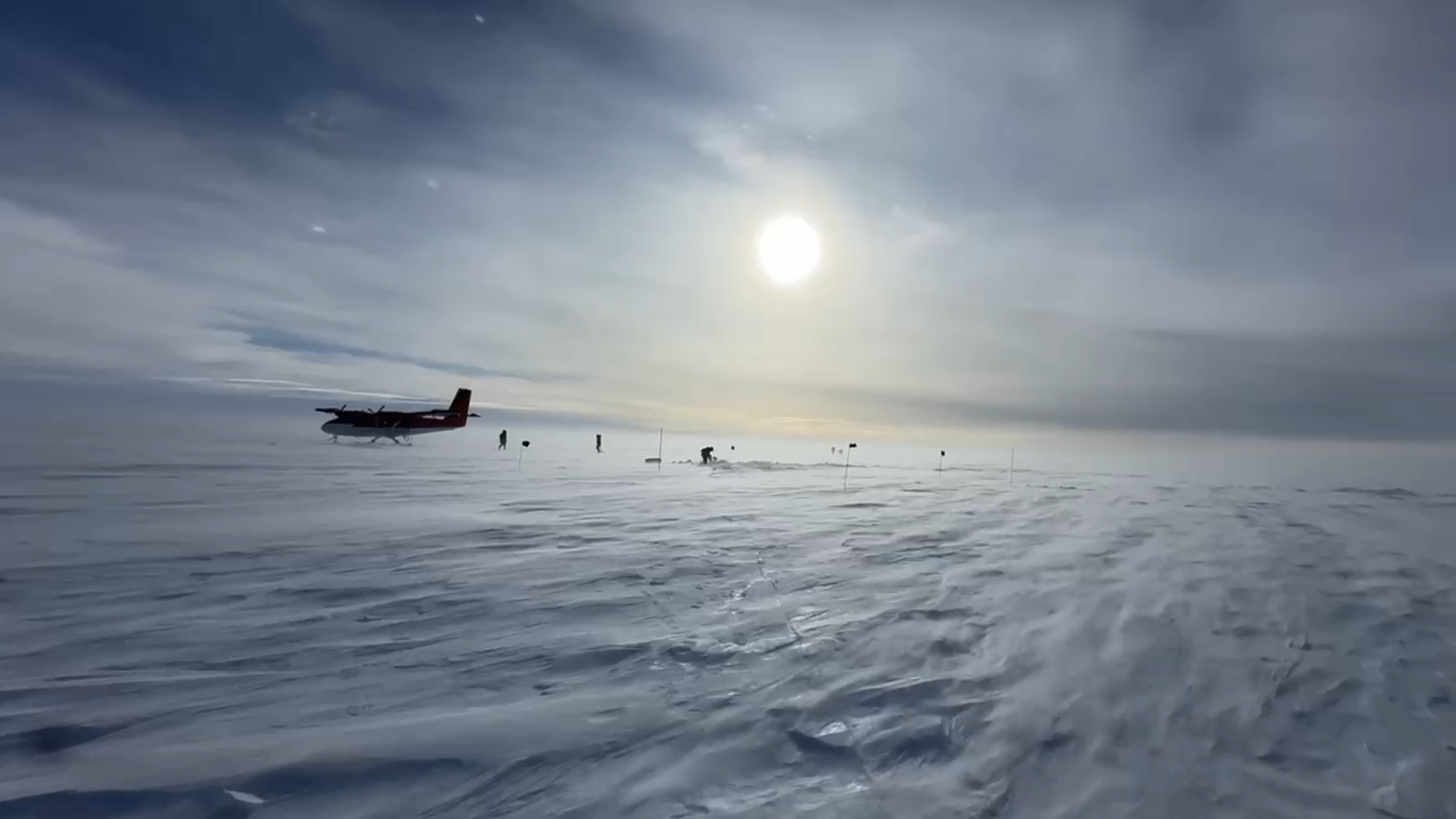
Carried out in the remote field over three summers from 2022 – 2025, the Denman Terrestrial Campaign examines the enormous Denman Glacier from the ice sheet, or land, and is designed to link to the ocean-based Denman Marine Voyage (DMV) in 2025.
The campaign’s main research base at a purpose-built camp in the Bunger Hills was supported by aircraft from Australia’s Casey research station and was a springboard to satellite camps and many remote research sites around the glacier and the Shackleton ice shelf.
Why the Denman Glacier? We now know this enormous glacier is susceptible to ice sheet collapse due to warming ocean water accessing a huge cavity beneath it and melting it from below. If the Denman Glacier were to melt entirely, it could raise sea levels globally by 1.5 metres. Until the Denman Terrestrial Campaign, it was largely unexplored.
It will continue to change.
The mission: to find out the risk of ice loss from such a key subglacial basin over the next decades or centuries - the drivers of change – and, the potential consequences.
To do this, our research teams focused on:
-
How much the glacier is melting from below
-
How much snow falls in its drainage basin
-
What the shape of the glacier is, and how deep the valley is that is sits within
-
The role of the bedrock below, and how it behaved in past periods.
In diverse and often harsh settings, our researchers mapped, measured or collected:
-
Ice core records
-
Marginal ice records and sediments
-
Evidence of past collapses
-
Subglacial geometry and hydrology
-
Deep-earth properties
-
Ice accumulation
-
Melt beneath the ice shelf
-
Ocean circulation and water character beneath the ice shelf
-
Cavity structure in front of the glacier
Autonomous monitoring devices were also successfully deployed, feeding data back to our researchers on their return.
Denman Terrestrial Campaign (DTC) and Denman Marine Voyage (DMV): how they come together
Figure 1. Ice shelf and ocean processes at work around the Denman Glacier, East Antarctica. Source: N. Abram, D. Lannuzel, S. McCormack for the ARC Centre for Excellence in Antarctic Science (ACEAS), (2025).
Figure 1. Ice shelf and ocean processes at work around the Denman Glacier, East Antarctica. Source: N. Abram, D. Lannuzel, S. McCormack for the ARC Centre for Excellence in Antarctic Science (ACEAS), (2025).
The campaign’s primary expedition took place in 2023/24. Scientists returned to the Bunger Hills in December 2024 for the DTC’s final summer of research.
Analysis of magnetic, gravitational, heat production and geological data collected in the field, and the discovery of more information about changes to the Denman Glacier - and what they could mean for the future - is ongoing.
Keep checking this page for updates as the work of DTC researchers continues, and find out how this research will link to the DMV findings as we learn more about this vitally important and dynamic glacier system.
The DTC is part of the Australian Antarctic Program (AAP).


